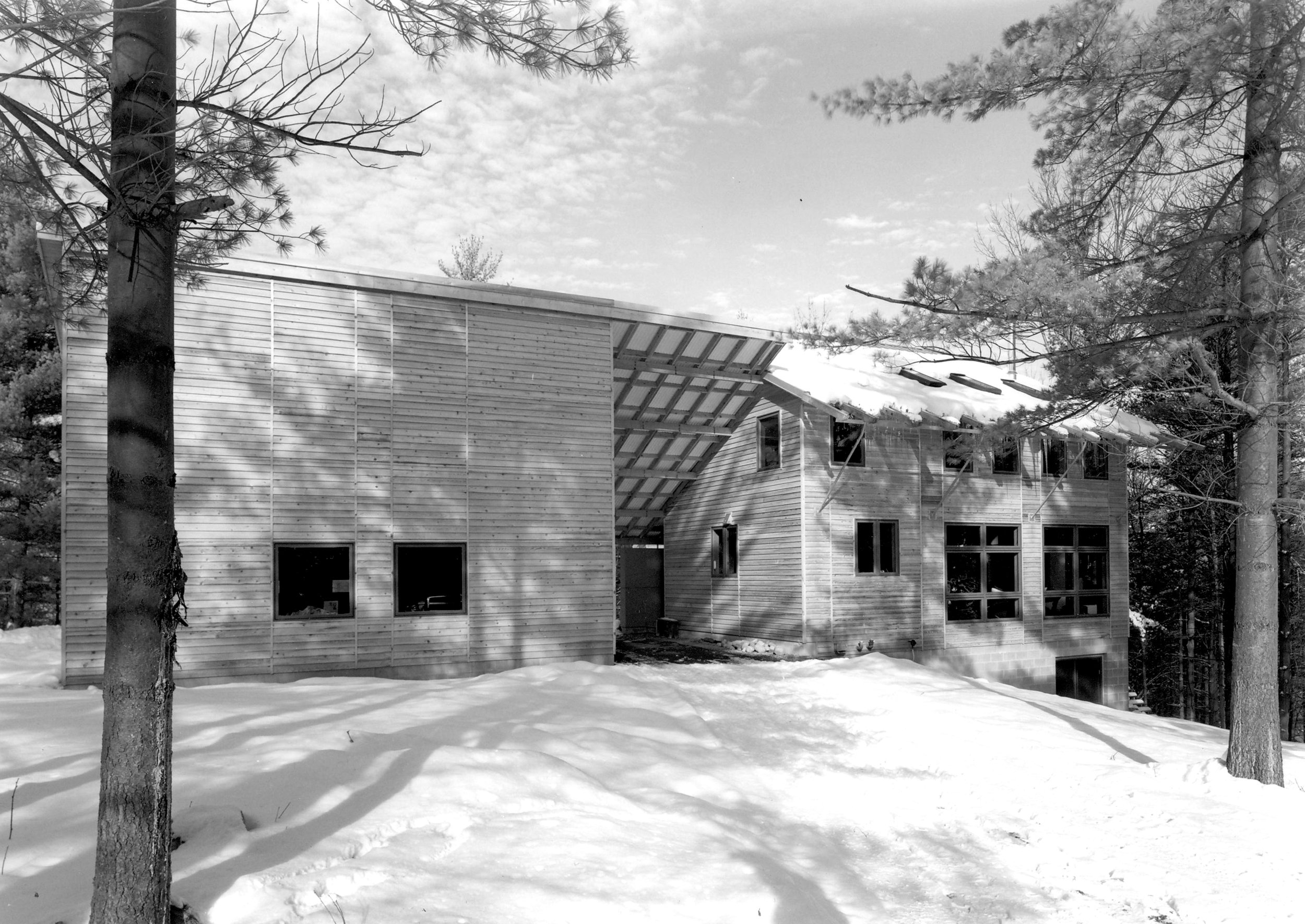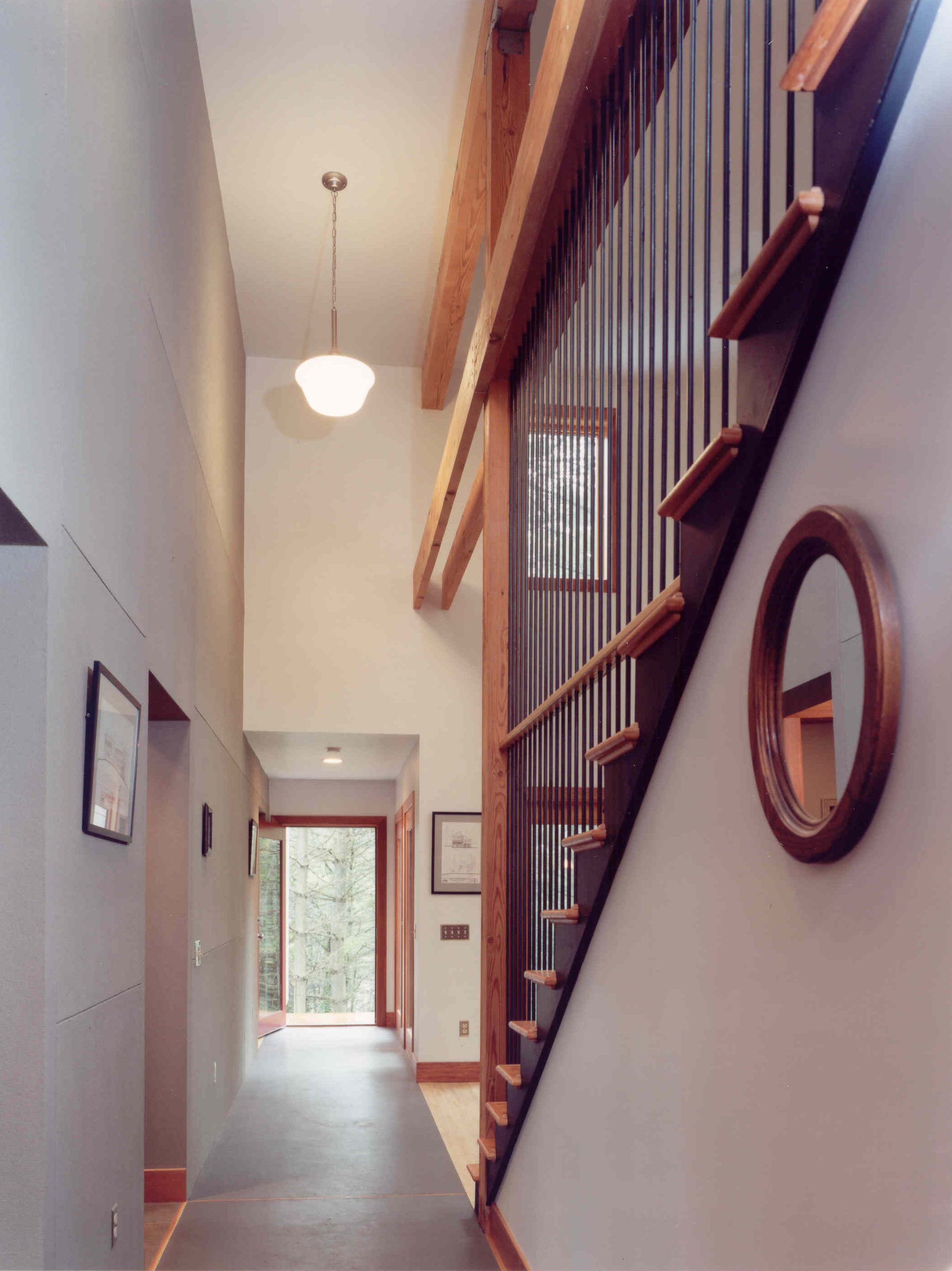Occupy Upstate New York!
By Rick
I am pre-occupied with Occupation. As an architect, I “occupy” much of my time exploring how design can amplify the experience of place, and how places can enhance the rituals of dailyliving. So I pay attention when people engage the built environment, camping out in order to re-assert their claim on public space, and demanding to be heard.
The use of the word Occupy distinguishes these protesters as they attempt to affirm their relevance in the political realm. They differentiate themselves from passersby. They are not tourists or shoppers. They are not lovers or joggers. They are not outsiders, passing through and experiencing those places superficially. They aim to become insiders.
Whether we are building a Movement or just building a House, Architecture plays a role in helping us become true insiders. It can help deepen our love and respect for the land where we choose to dwell – or it can hinder us. It can enrich our lives as citizens through the civic environments that serve as theater to our lives – or it can alienate us.
In this context, I have been an advocate for a sort of Occupy movement for as long as I have been an architect. When I was 25 and emerging from formal training in architecture, I camped my way across the country. I experienced America not through its scattered urban cultures or increasingly suburban monoculture, but through the astounding diversity of its natural places. I would arrive in a new environment as an outsider – whether that place be pine woods, lake country, rugged mountains, canyon walls, saguaro-studded desert, primeval redwood forest, or coastal bluff. These places were, at first, landscapes to me. My understanding was superficial, bound up in their visual qualities, akin to studying a scenic painting in a gallery.
Only gradually and through the process of marking a place with a circle of stones and gathering firewood, identifying a source for water, staking out a sheltered location, establishing a base, learning the constellations, classifying the scuffling sounds in the darkness, and finally spending the night, did I come to understand and begin to feel a part of the place I inhabited. I gained orientation. I gave measure to that particular environment.
For us to truly occupy a place – not just build a house upon it – requires active engagement. We all have much to learn from the backcountry camper when we select a site and choose how to build: we approach a landscape, discover it, perceive it, view it, analyze it, traverse it, explore it, understand it. With practice and patience, we see our natural place in it. Then we can act. We choose a location, mark our boundary, modify the topography, orient towards light, ventilation, view, and amenities. Finally we occupy it. At that moment it ceases to be a landscape.
This is the spirit with which I begin every project. My goal, really, is to help clients Occupy Western New York, the Finger Lakes, the Genesee Valley, the Great Lakes – to become insiders to their unique place. How can we build with natural systems rather than be indifferent to them? How can we selectively frame, screen or reveal a place’s defining characteristics with a deliberate act of design? How can we create outdoor rooms for the different conditions of the seasons, of the climate, of the weather, to welcome the sun or breezes sometimes, or to be protected from them? How do we mark out a precinct for human occupation, and how do we make up for the environmental destruction that is construction by building something worthy?
So go ahead: Occupy the Valley! Occupy the Urban Infill Lot! Occupy the Vineyard, the Forest Clearing, the Canal Edge, the Fallow Field, the Neighborhood! This kind of Occupation requires no plaques and no speeches. It makes only one demand – the demand to listen to the land, first.




